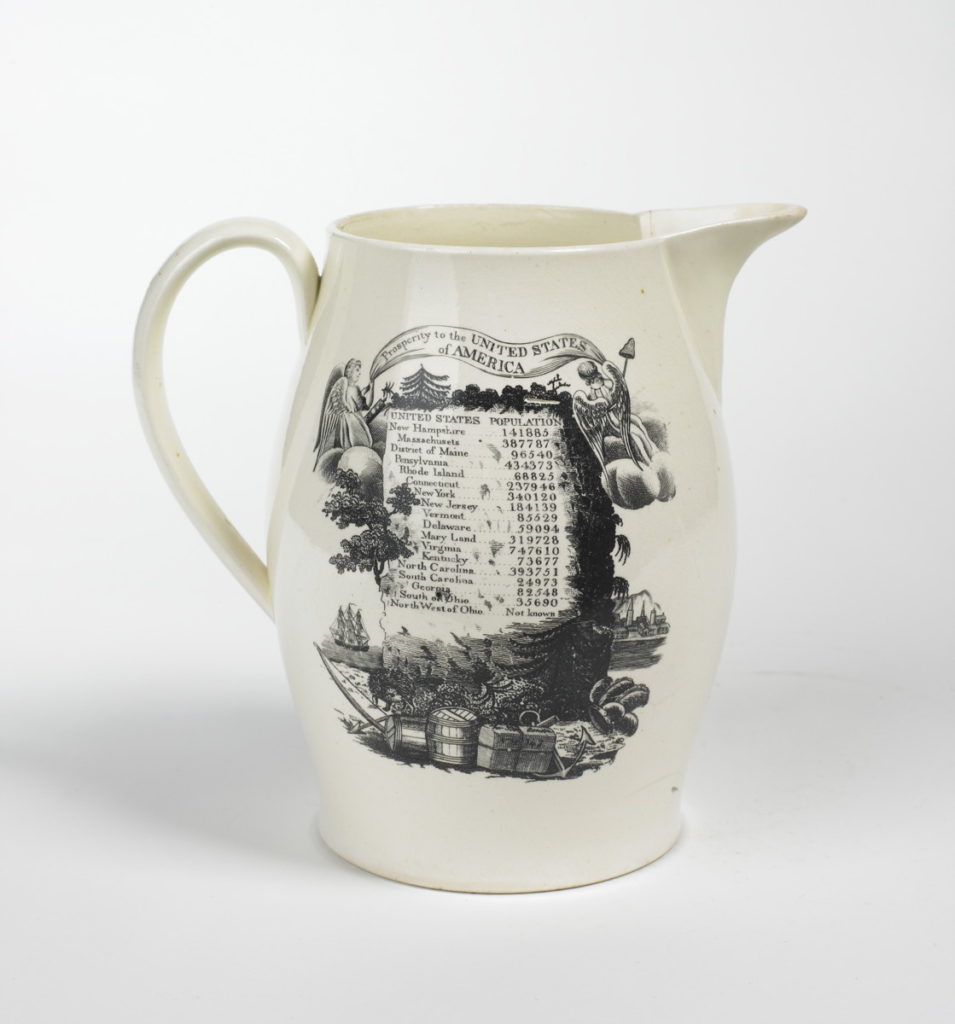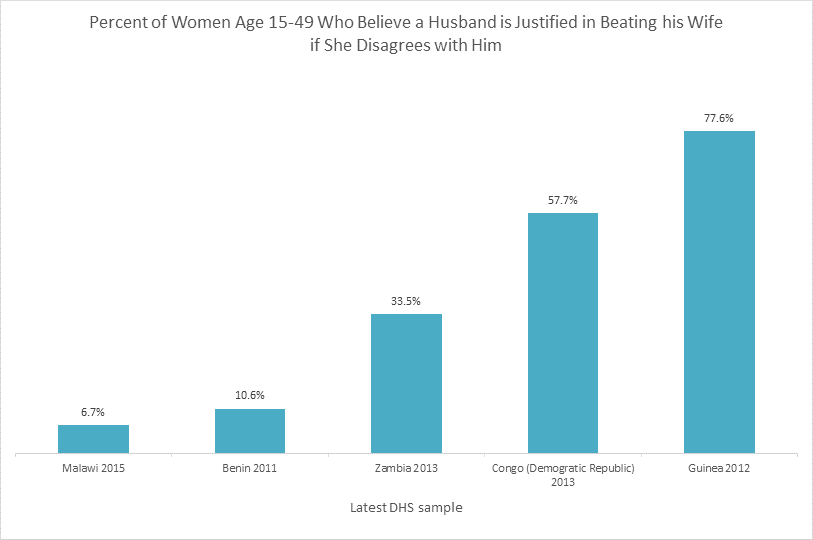At IPUMS we try to address every user’s questions and suggestions about our data. It is just one feature that adds value to IPUMS data. Over time, many questions are often repeated. In this blog series, we will be sharing some of these frequently asked questions. Maybe you’ll learn something, or perhaps you’ll just find these interesting. Regardless, we hope you enjoy.
Here’s one of those questions:
Why is the 2014 sample twice as large as the total population?



